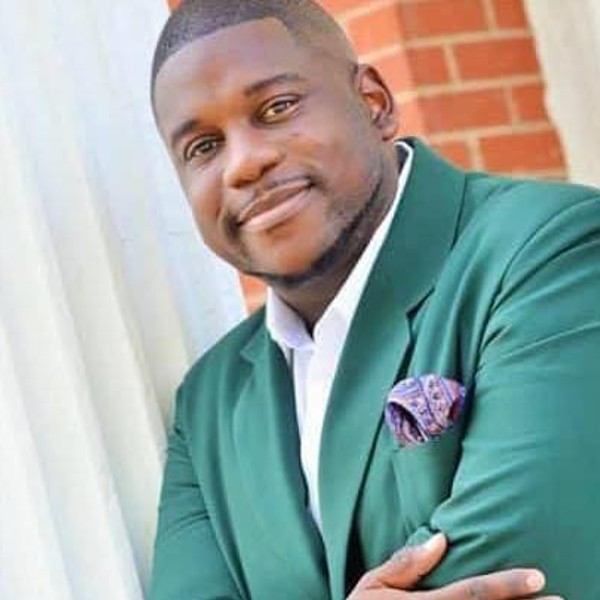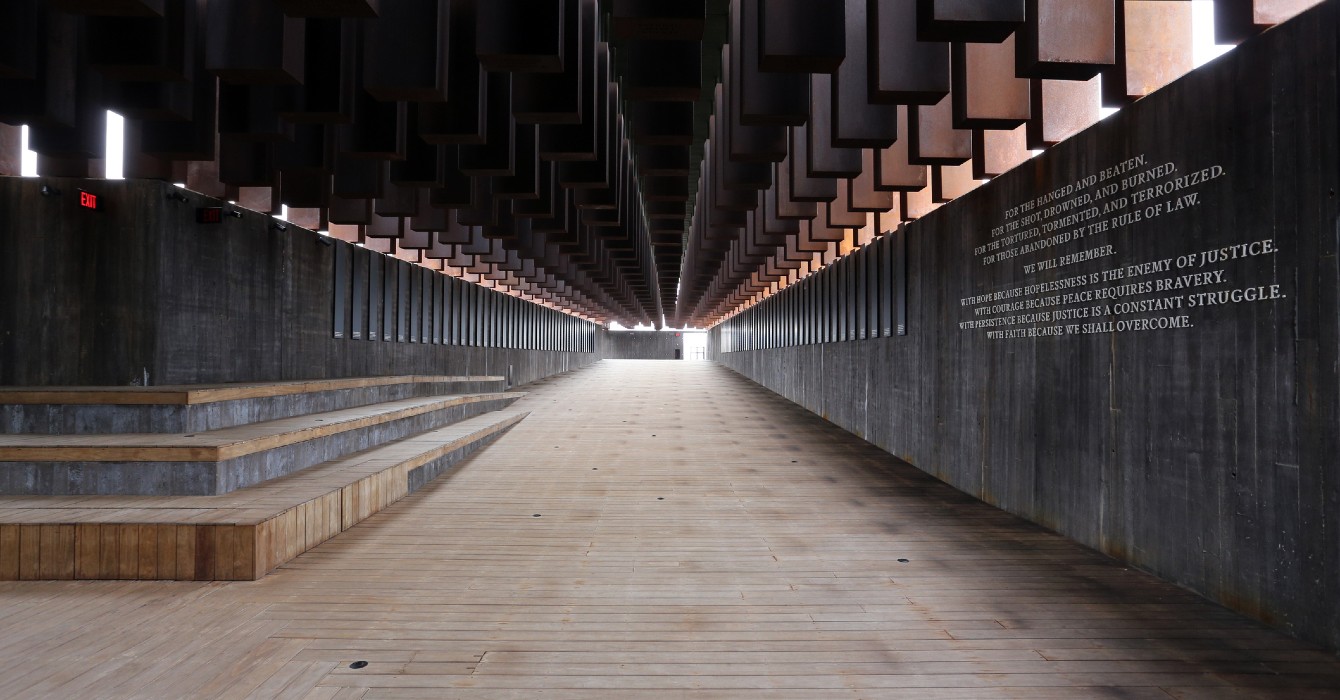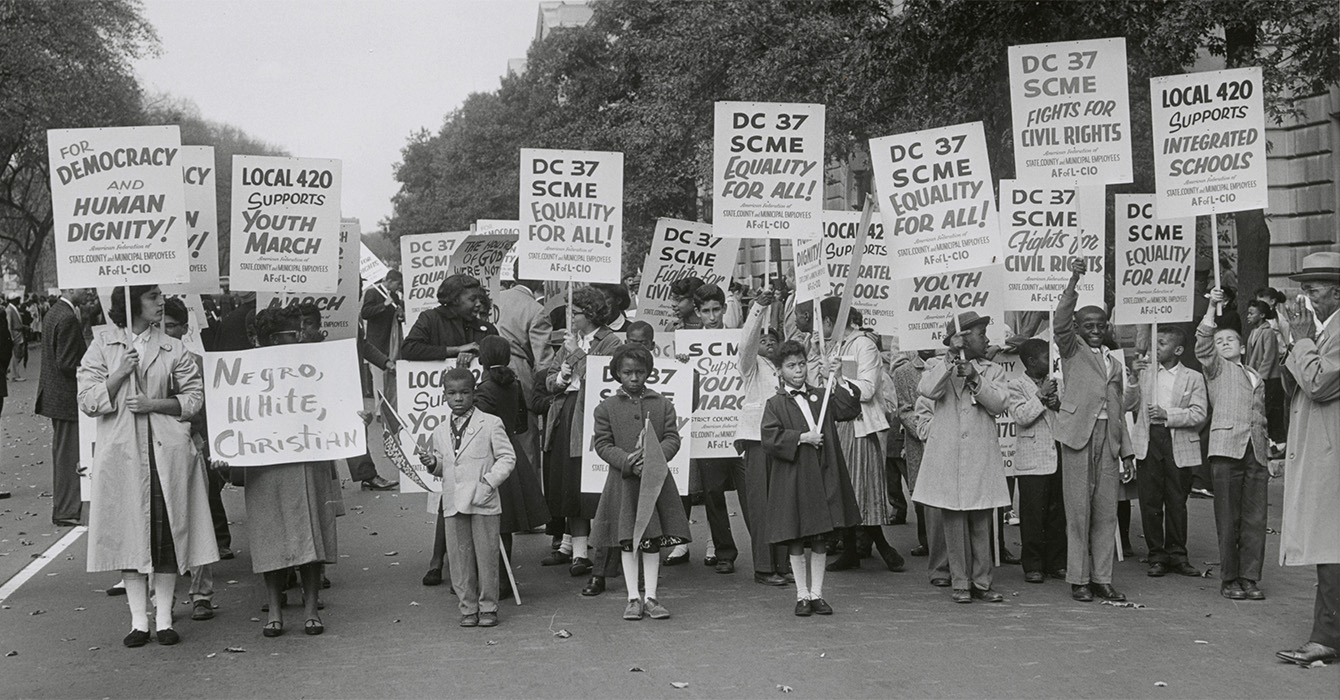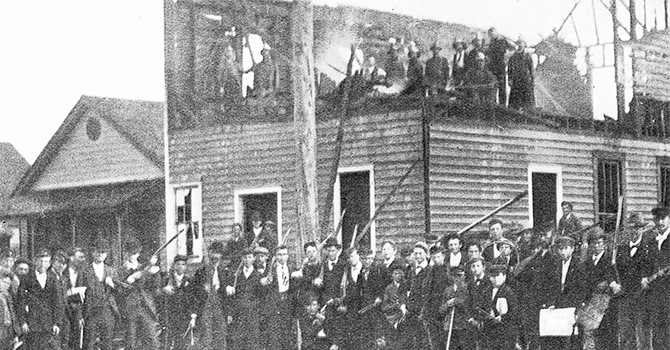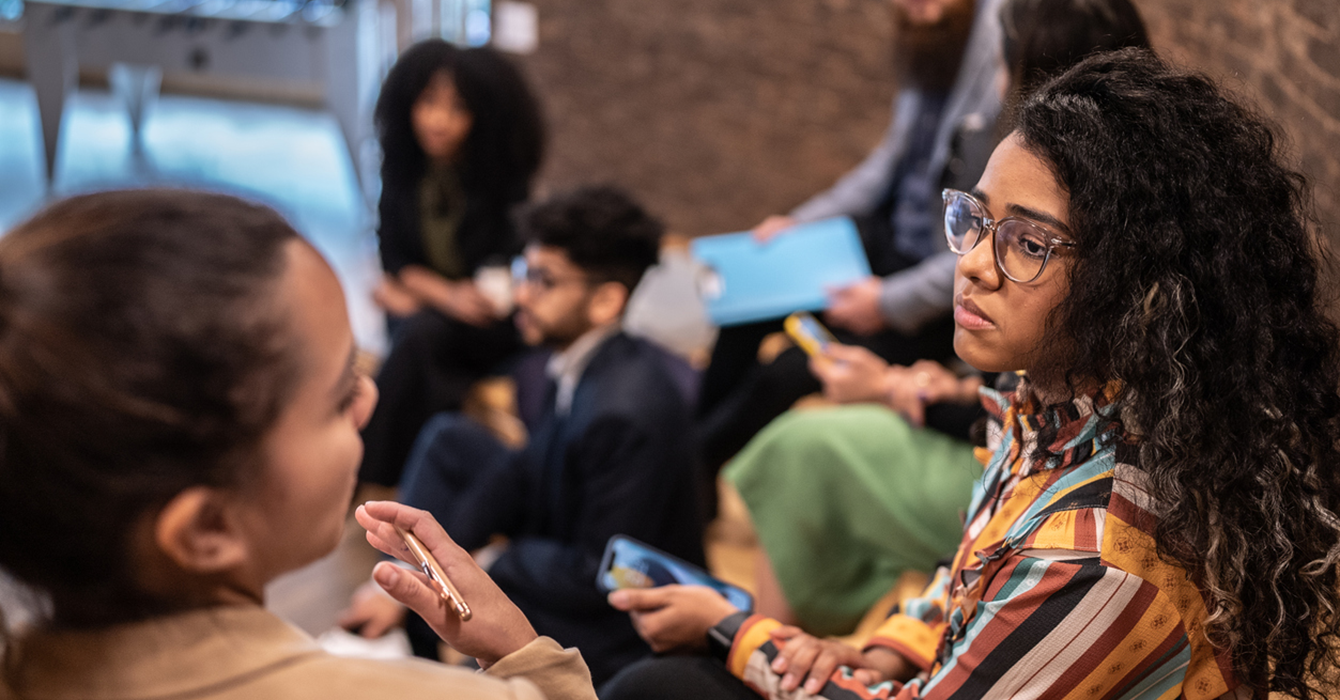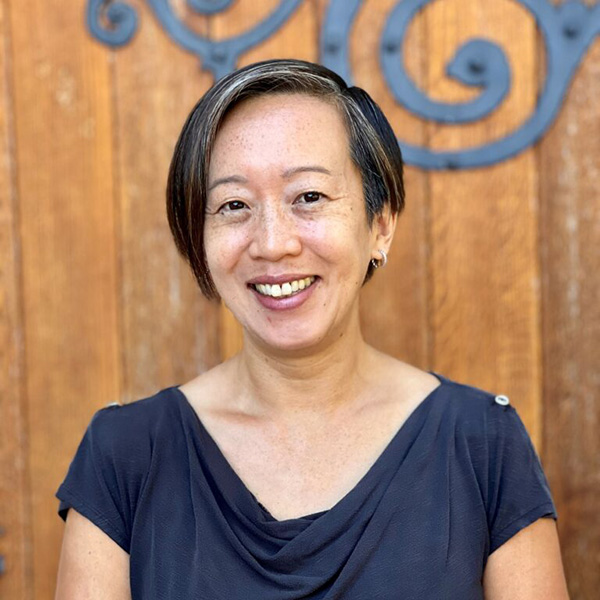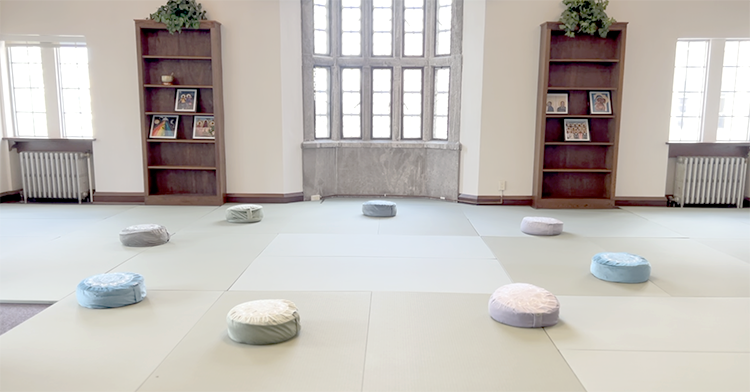As an African American pastor in Montgomery, Alabama, I witness daily the complex dance between the city’s burgeoning tourism industry and its unaddressed historical injustices.
Montgomery, the state’s capital, is steeped in rich, yet painful and true history; it has become a magnet for crowds eager to explore its pivotal role in the Civil Rights Movement. From the hallowed grounds of Dexter Avenue King Memorial Baptist Church to the poignant displays at the National Memorial for Peace and Justice, our city presents an interwoven net of stories that catch the breath and stir the soul.
But beneath this vibrant veneer, a troubling paradox warrants a closer, more critical examination.
Tourism has undoubtedly transformed Montgomery into a thriving economic hub. Projects like the Bryan Stevenson-led Equal Justice Initiative, including the National Memorial, have spurred job growth in the city and attracted millions of visitors. Our streets echo with the footsteps of pilgrims seeking a connection with the past. This influx of revenue has been a boon for the city and the state, funding infrastructure projects and invigorating the local economy.
However, the benefits reaped from this tourism-driven prosperity are shadowed by an unsettling reality: the city and state have not fully embraced the lessons of the very history that attracts these visitors. We seem to celebrate the tax revenue but are not willing to embrace calls to heal and to do justice.
Montgomery’s story is one of struggle and resilience — a narrative that demands acknowledgment as well as active engagement and reflection. The landmarks and museums serve as powerful reminders of our collective journey while also highlighting the persistent gaps in how we address the ongoing impacts of systemic racial inequity.
The revenue generated by tourism creates an opportunity, a hopeful space where justice and economic growth could intersect. But this opportunity remains largely unseized as the city and state continue to shy away from a true reckoning with their historical legacies.
As a community organizer, I see firsthand the dissonance between the city’s image and the lived experiences of its residents. Our community is often celebrated for its historical significance while it simultaneously grapples with the residual effects of systemic racism and economic disparity. The juxtaposition of opulent new developments against neighborhoods still mired in poverty is a stark testament to the uneven distribution of the fruits of our tourism boom.
The influx of visitors can bring a superficial engagement with Montgomery’s past. Tourists come, they see, they leave inspired or moved by the stories of courage and conviction. But the deeper, more uncomfortable truths about the city’s ongoing struggle to fully confront its past may remain unexamined. This selective memory perpetuates a sanitized version of history, one that glosses over the continuing struggles of Black residents.
Montgomery has a moral and ethical obligation to bridge this gap between economic gain and historical truth. The city and state must move beyond commodifying its past and toward a genuine commitment to justice and equity. This involves not only preserving and presenting our historical sites with integrity but also investing in the local ecosystem.
Education is a crucial component of this reckoning, embracing both proud moments and painful truths. This education should foster a culture of awareness and responsibility that transcends mere tourism. Economic policies should also reflect a commitment to justice. The revenue generated from tourism for local and state coffers should be reinvested in underserved communities, addressing disparities in housing, healthcare, education and employment. By directing funds to where they are most needed, Montgomery can begin to rectify the historical imbalances that persist to this day.
Moreover, city and state leaders must take a proactive stance in acknowledging and addressing the ongoing impacts of systemic racism. This means implementing policies that promote racial equity and inclusion, supporting minority-owned businesses and ensuring that the benefits of economic growth are shared across all communities.
Unfortunately, recent state actions have moved us further from this goal. In the spring, the state passed anti-DEI (Diversity, Equity and Inclusion) legislation, which has led to the closure of DEI offices across University of Alabama campuses.
I testified against this harmful legislation, knowing it would negatively impact our state, community and the church I pastor. This move undermines efforts to create a more inclusive and equitable society, demonstrating a reluctance to engage with and address historical and ongoing injustices.
What could solutions to some of these injustices look like?
The church has a vital role to play as a model in this journey. As a nonprofit executive at The Beacon Center, I believe in the power of faith to inspire action and foster reconciliation. Our congregations must be at the forefront of advocating for justice, using our collective voice to hold leaders accountable and to support initiatives that promote equity and inclusion. The church can also serve as a space for dialogue and healing, bringing together diverse voices to forge a path forward that honors our history and embraces a vision of justice for all.
As an example, Metropolitan United Methodist Church, where I pastor, recognized significant food security issues. This effort began as a food pantry and evolved into the Beacon Center, a comprehensive community hub offering over 30 services. Housed in an 8,500-square-foot building, the center offers holistic assistance, serving as a communal gathering place with office spaces for entrepreneurs and nonprofits, public wireless internet, and comfortable seating areas.
The food distribution program has seen tremendous growth, expanding from serving five families monthly in 2018 to over 100 families daily since December 2023, offering frozen meats, refrigerated groceries and dry goods.
The center also launched the Next Steps program for pretrial diversion and alternative sentencing and opened a healthcare clinic. Individuals and families can access multiple services, improving the lives of community members by removing barriers to assistance.
Montgomery stands at a crossroads. The tourism boom presents a unique opportunity to transform its economic landscape, but this transformation must be rooted in a sincere reckoning with its past. By embracing both the triumphs and the traumas of our history, and by committing to policies and practices that promote justice and equity, Montgomery can become not just a destination for tourists, but a beacon of hope and progress for all its residents.
As we welcome visitors from around the world, let us also welcome the chance to build a more just and inclusive future.
As a community organizer, I see firsthand the dissonance between the city’s image and the lived experiences of its residents.

